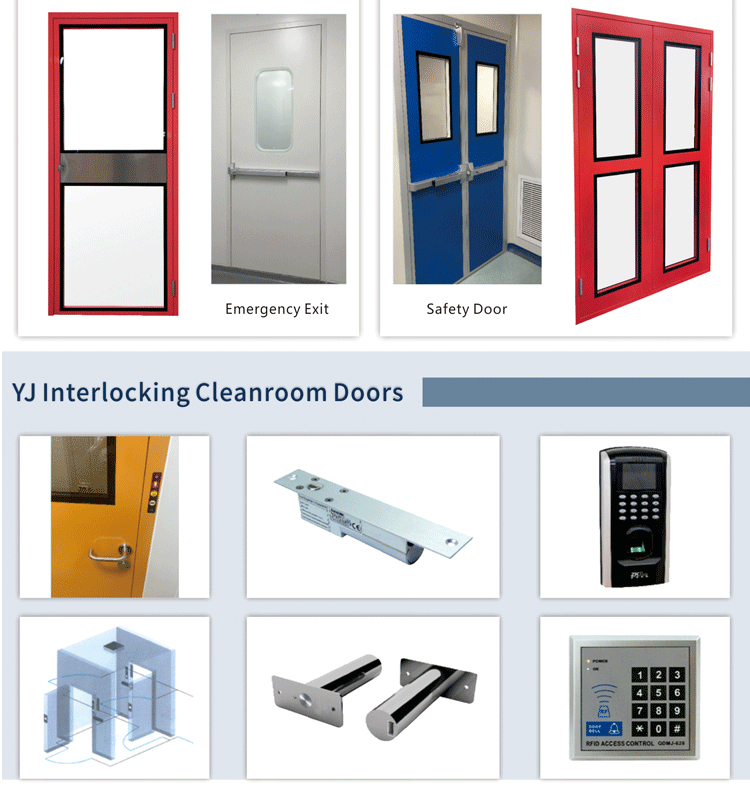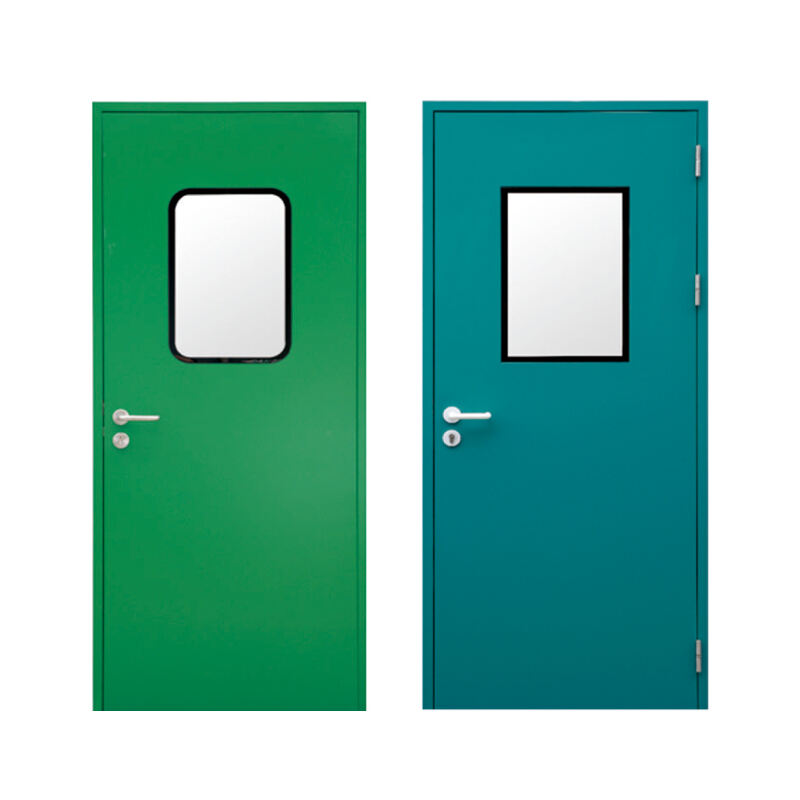cleanroom sliding doors
Cleanroom sliding doors represent a critical component in maintaining controlled environments across various industries. These specialized doors are engineered to meet the stringent requirements of cleanroom facilities, combining advanced sealing technology with smooth, reliable operation. The doors feature hermetic sealing systems that effectively prevent particle infiltration while maintaining proper air pressure differentials. Constructed from high-grade materials such as stainless steel and specialized polymers, these doors offer exceptional durability and cleanability. The sliding mechanism operates on precision-engineered tracks, ensuring quiet and efficient movement while minimizing particle generation. Advanced automation systems incorporate motion sensors and programmable controls, allowing for touchless operation and customizable access protocols. The doors are designed with flush surfaces and minimal protrusions, reducing areas where contaminants could accumulate. Safety features include emergency manual operation capabilities and integrated window panels for visibility. These doors are essential in pharmaceutical manufacturing, semiconductor production, biotechnology research, and medical facilities, where maintaining strict environmental control is paramount. The design also accommodates various sizes and configurations to meet specific facility requirements while ensuring compliance with industry standards and regulations.


